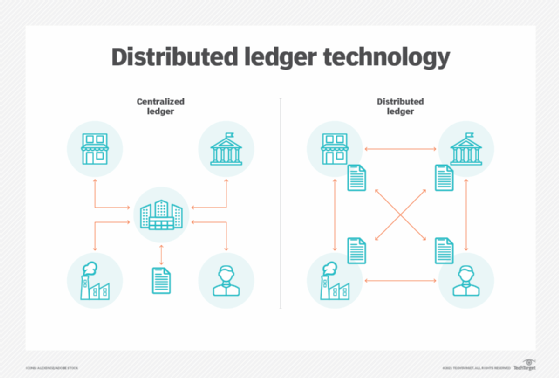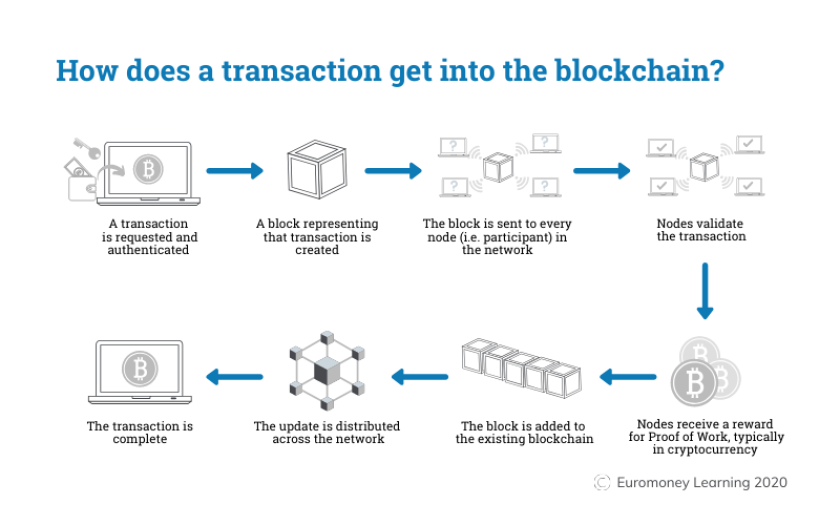Explaining The original Satoshi paper - Bitcoin: A Peer-to-Peer Electronic Cash System
Introduced in a 2008 paper by an enigmatic figure known as Satoshi Nakamoto, Bitcoin has sparked a financial and technological revolution. This digital currency, built on the principles of cryptography and peer-to-peer networking, has challenged traditional notions of money and banking.
But what exactly is Bitcoin, and how does it work? Despite its widespread impact, the underlying concepts of Bitcoin can seem complex and daunting for many. In this article, we'll delve into the original Bitcoin paper, breaking down its key concepts into easily understandable terms.
A Peer-to-Peer Electronic Cash System:
Bitcoin is described as a "peer-to-peer version of electronic cash" that allows online payments to be sent directly from one person to another without going through a financial institution. This is revolutionary because it eliminates the need for a central authority, like a bank, in transactions.
"A purely peer-to-peer version of electronic cash would allow online payments to be sent directly from one party to another without going through a financial institution"

Digital Signatures and Double-Spending:
The paper discusses how digital signatures provide part of the solution, but emphasizes the challenge of double-spending, where the same digital currency could be spent more than once. The proposed system addresses this issue without the need for a trusted third party.
"The main benefits [of digital signatures] are lost if a trusted third party is still required to prevent double-spending"
Proof-of-Work to Prevent Fraud:
Bitcoin introduces a proof-of-work system to prevent fraudulent activity. This involves solving complex mathematical problems, which requires computational resources. The first computer to solve the problem gets to add a new block of transactions to the Bitcoin ledger, known as the blockchain.
"We propose a solution to the double-spending problem using a peer-to-peer network... The proof-of-work involves scanning for a value that... gives the block's hash the required zero bits"

Blockchain and Network Security:
The blockchain is a chain of blocks containing transaction data. It's secure because changing any information would require redoing the proof-of-work for that block and all subsequent blocks. The network is secure as long as honest nodes control more CPU power than attacker nodes. With each Transaction made the chain gets longer and longer.
"The longest chain not only serves as proof of the sequence of events witnessed but proof that it came from the largest pool of CPU power"
Incentives through Mining Rewards:
Miners, or participants in the network who solve the proof-of-work puzzles, are rewarded with new Bitcoins. This incentive encourages people to contribute their computing power to maintain the network.
Consensus Mechanism:
The Bitcoin network operates on a consensus mechanism, where the majority of participants agree on the validity of transactions. This ensures that everyone has the same understanding of the transaction history.
"Nodes always consider the longest chain to be the correct one and will keep working on extending it"

That's pretty much the simple concepts for the Bitcoin blockchain to be operable and to be safe and secure , You can read the full paper here.




























